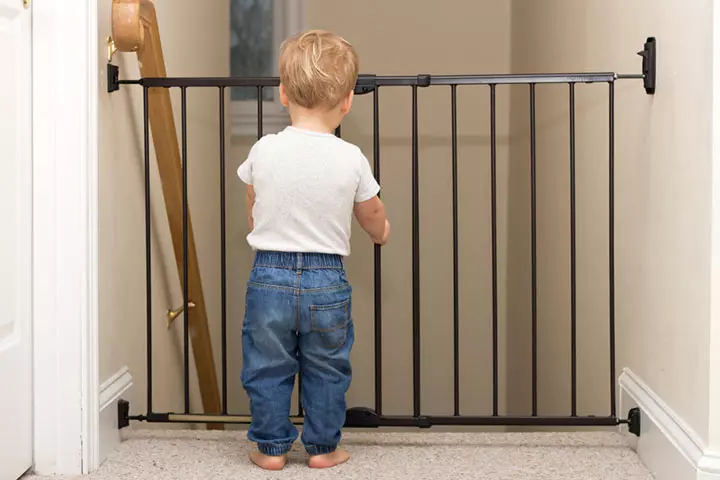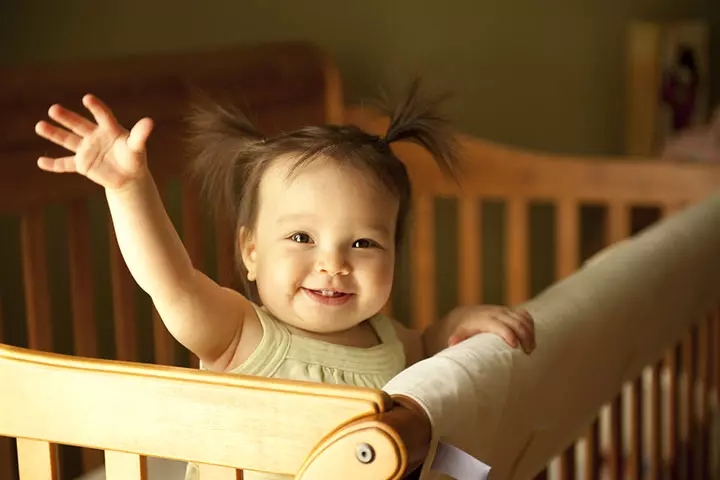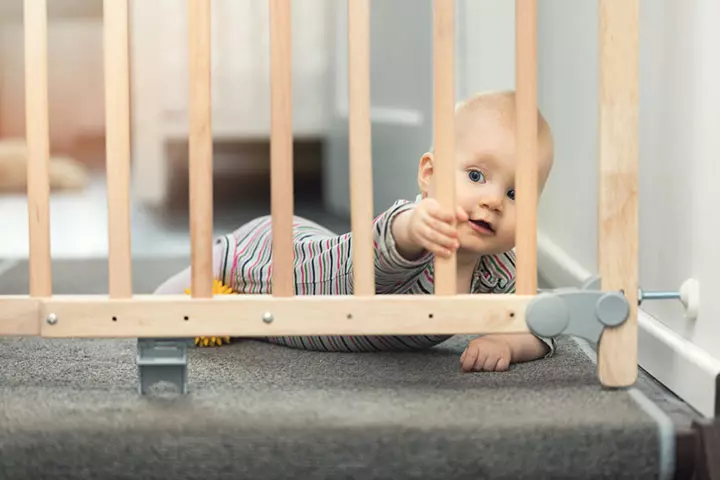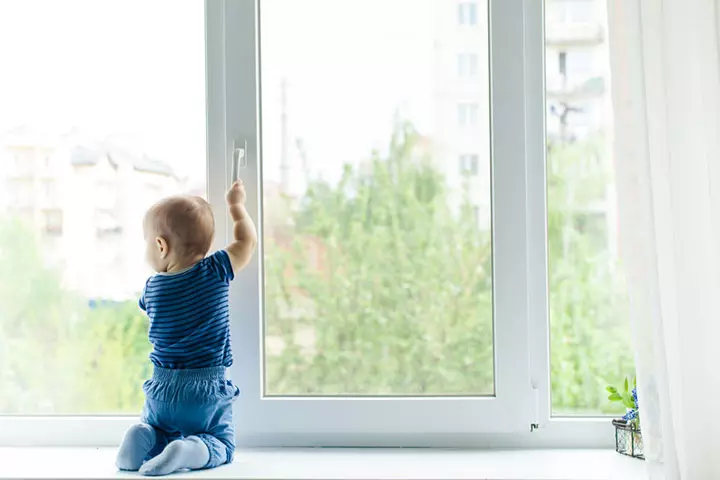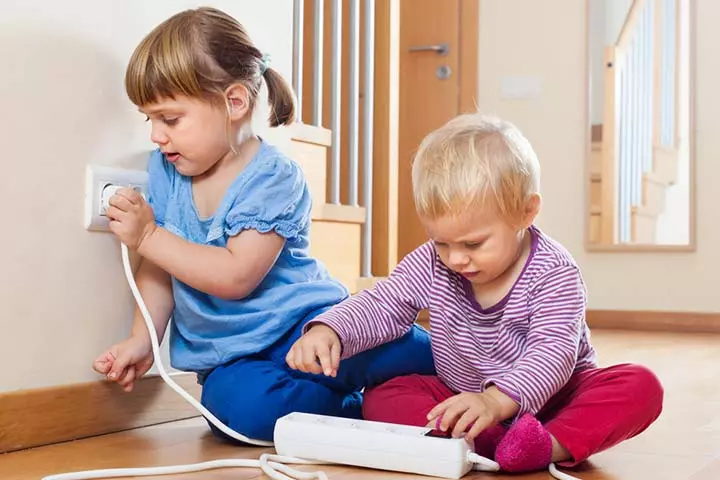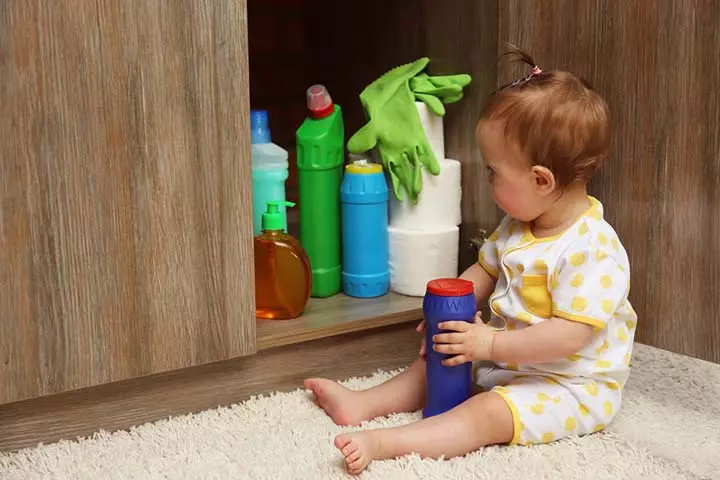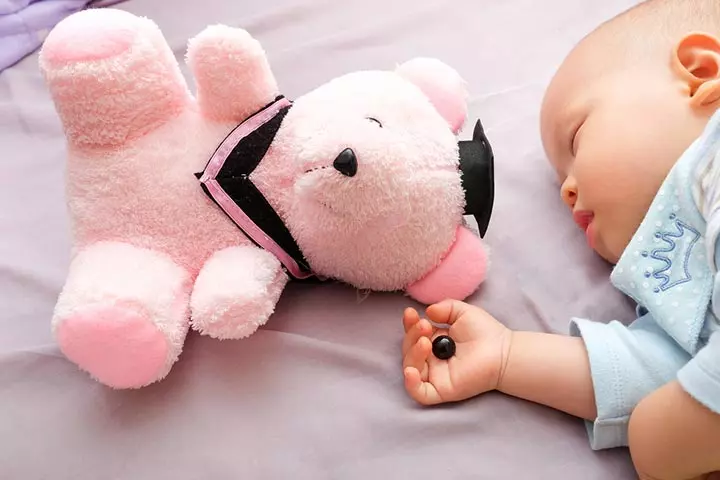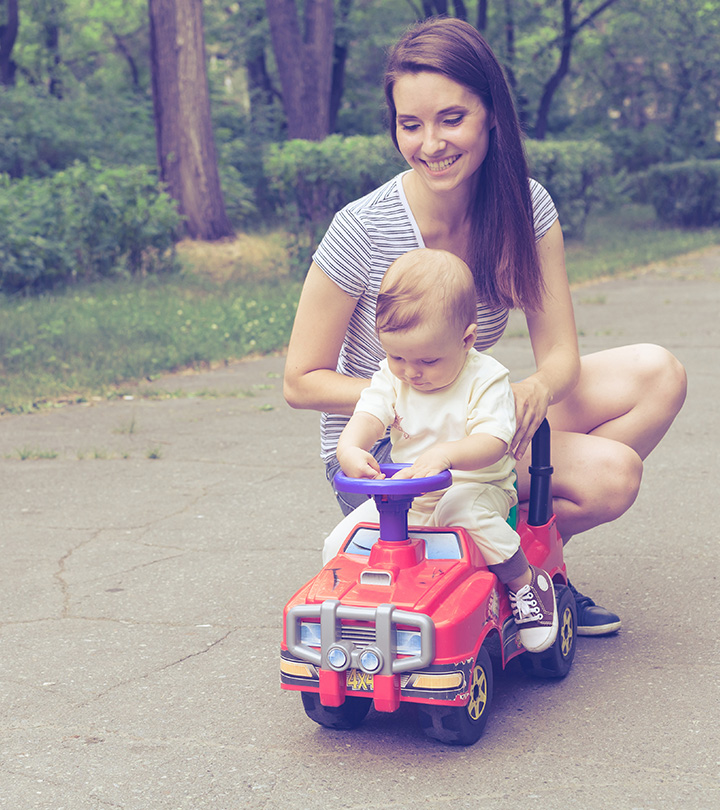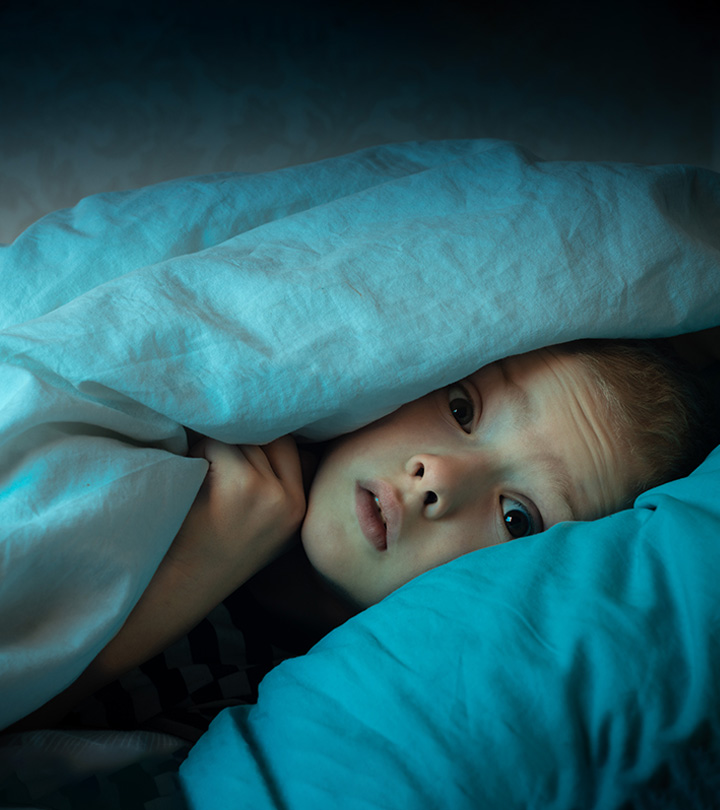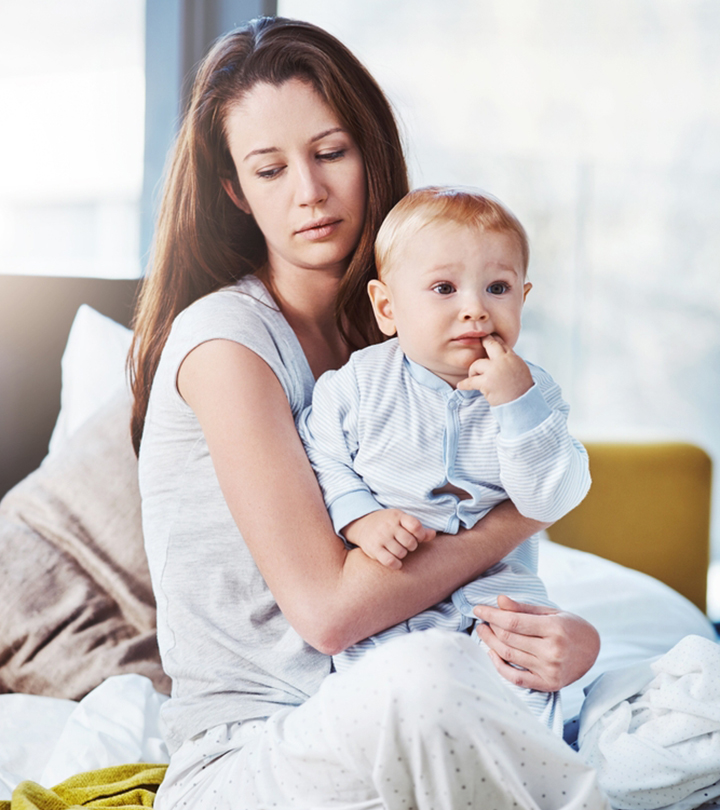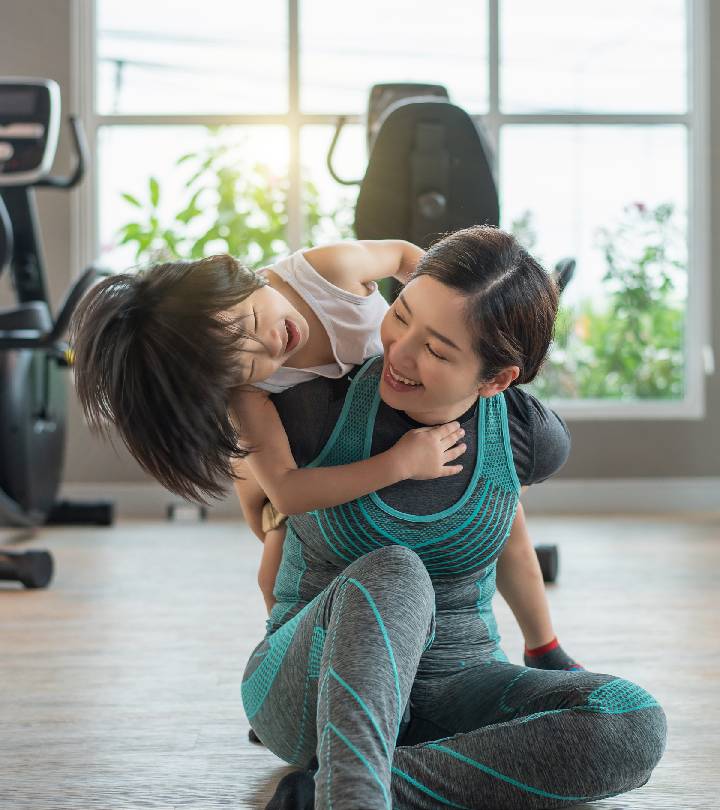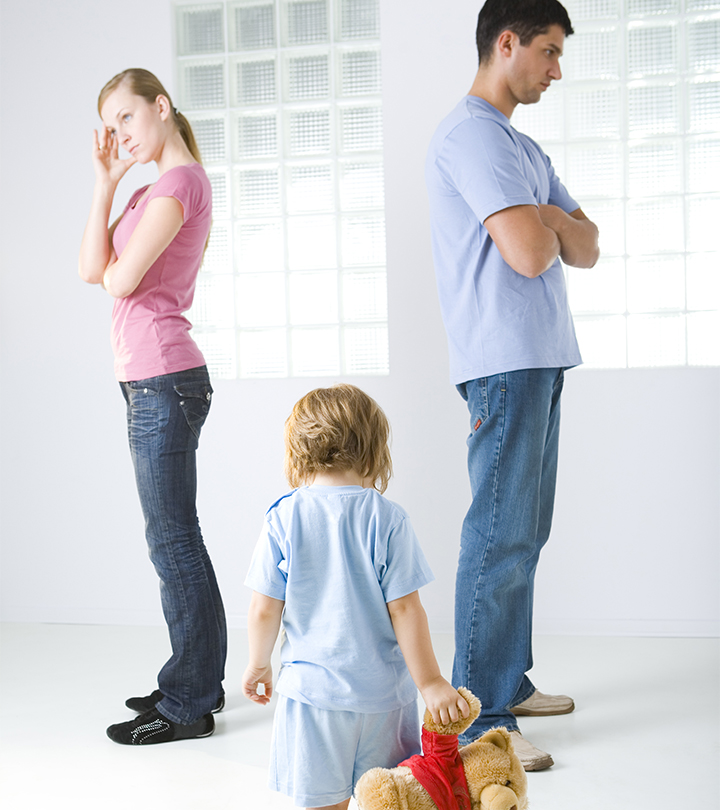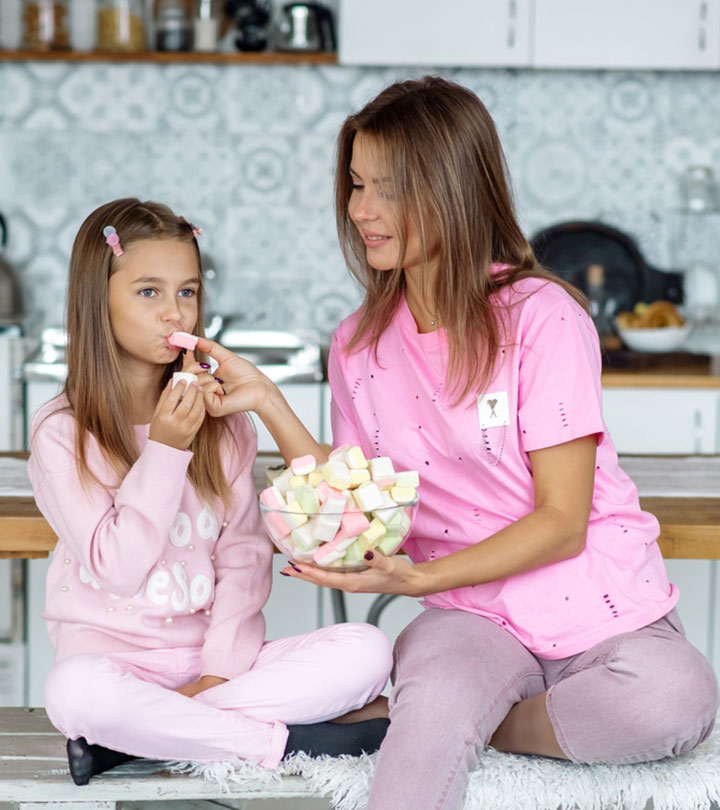
The arrival of a new member into the family is a cause for celebration. No one is as ecstatic as the parents of a newborn. Parents start planning on providing a great life for the baby in every which way possible. Be it by buying the best of clothes, food, or toys. However, a majority of us often forget or tend to stay oblivious to one crucial aspect when it comes to raising a child, and that is keeping them safe.
Most of us consider our home a safe haven for our kids and hardly pay attention to any potential hazards that might be present around. However, it is important to note that most of the things that are considered perfectly safe for adults could pose some sort of potential risk to a baby. This could be anything from the stairs and windows to cosmetics and toys. Unlike adults, babies have a much higher chance of being prone to accidents such as falling, choking, getting burned, and poisoned. So it is imperative to make sure that your house is baby proofed and safe for the newborn.
When Should You Start Baby Proofing The House?
When it comes to your baby’s safety, it is never too early to begin baby proofing. However, it is best that you start the process a little early before the baby’s arrival, as none of us would find the time or the energy to get it done once the baby is born. Also, child proofing always ends up being a continuous process. Even when you think that you have covered everything, something new always comes up.
To make things easier, we recommend you to have the process done area-wise. For instance, make a list of things that need to be fixed in the kitchen, the bedroom, and the living room. Also, make sure you look at it from your baby’s point of view. Stoop down and check for things that might be a potential hazard for the newborn, such as sharp edges and tiny objects.
How To Baby Proof Your House?
Scroll down to find the 7 ways you can provide a safer space for your baby:
1. Safety In The Sleep Area
Mothers may choose to co-sleep with their baby or use a cradle depending on what they find comfortable. Regardless, you need to have your baby’s safety as the top priority.
- If you are opting for a crib, make sure you choose one that is child-safe. You could check if the mattress fits perfectly into the crib without any gap. Also, go for a mattress that is firm and not too soft for the baby.
- Make sure you do not co-sleep with your baby if you have had any alcohol or drugs that night. You could also skip co-sleeping if you are too exhausted on any particular day. It is also best to avoid this method if you are a smoker.
- Clear your baby’s sleeping area of any strings, ties, or sharp objects.
- Make sure that your baby sleeps on their back (1).
2. Block Access To Dangerous Areas
When it comes to your baby’s safety, it is crucial that you child proof all the potentially dangerous places around the house, such as the balcony, terrace, stairs, and other elevated areas. Installing baby gates on the way to the staircase and the balcony would be a wise option. Additionally, you could also fix safe railings on the balcony and terrace area for adequate protection. Make sure that the grills are installed vertically as horizontal ones would make it easy to climb. Remember to baby proof the sides of the stairs in a similar fashion as well.
3. Prevent Falls
Windows are a potential hazard when you have toddlers in the house. You do not want to keep anything near the window that would help your child to climb up to it. Instead of using a safety net, go for window grills that offer better protection to your baby.
Your child is likely to slip and fall when they step on normal rugs. This can lead to serious injuries, especially to their back and head. So go for anti-skid rugs and mats around the house. Also, make sure the mats are not placed at areas such as the entry to a staircase or a balcony.
4. Be Wary Of Sharp Edges And Objects
Ensure that your kids cannot access sharp objects such as knives, scissors, staplers, and needles. You would also need to child proof sharp edges using corner guards and edge protectors. Remember to keep glass items such as bottles and drinking glasses out of the reach of children. As children are attracted to mirrors, make sure you replace handheld ones with mirrors that are fixed to the wall.
As kids are fascinated by things that open and close, there is a high chance of them jamming their fingers in the door or a drawer. You could use a child-safe latch for your drawers and cabinets to prevent this from happening. When it comes to doors, you could install pinch guards and door stops for protection.
5. Keep Electric Equipment Away From Children
Be sure that you have your electric equipment out of the reach of children. This would include everything from television and computers to microwaves and hairdryers. If not careful, there is a high chance of these falling onto your child and hurting them. Also, keep the wires of these devices neatly tucked away.
6. Prevent Poisoning
Children are curious beings. So they would inevitably get attracted to chemicals and medicines. Make sure you keep pesticides, kerosene, detergents, and cleaners out of their reach to prevent poisoning. The same goes for all the medical supplies as well.
7. Prevent Choking Hazards
Babies have the habit of putting everything into their mouths. So it is crucial to keep everything that is smaller than 3 cm to 4 cm in size away from their reach. This includes everything from coins and batteries to small pebbles and toys. While choosing toys, avoid those that have tiny parts that can be easily detached. Additionally, do not feed whole nuts and meatballs to kids below the age of 2 years as they could easily choke on these foods (2).
The responsibility of a parent is much more than feeding and getting your baby to sleep. You are in charge of their safety as well. We hope that our tips on child proofing help you create a safe space at home for your kid.

